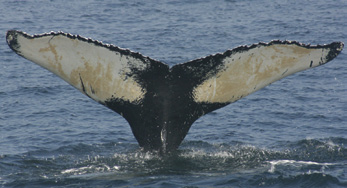We're glad you're enjoying WindСheck! Create a free account today to get access to more features.Already a subscriber? Sign in
Sound Environment
This section features updates from the many organizations dedicated to preserving and protecting the ocean, both locally and globally, and information about how you can take action!
Sound Environment
The Ocean and Human Health
Marine organisms tend to have unique and varied mechanisms for defending themselves, whether it is by harboring toxins, or having antibiotic properties to fight bacteria and viruses in their environment. Scientists are currently studying mud puppies, fish that are highly resistant to pollutants, to see if their genetic makeup suggests ways to protect humans from pollution.
Sound Environment
Urban Beer Can Reefs, But There’s No Party
Sound Environment
Northeast Offshore Wind Power to Launch America’s Next Energy Chapter
Block Island, RI is poised to make history next year with the much-anticipated construction of five offshore wind turbines. The project – proposed by Providence-based Deepwater Wind over six years ago – crossed major state and federal permitting milestones this year, placing them on track to begin construction in the spring of 2015.
Sound Environment
Saildrone: Monitoring the Ocean
Sound Environment
Expedition PROTECT: Saving Cashes Ledge
There are critical decisions being made this fall about the future of New England’s marine protected areas. In May, I signed on for my second hitch as first officer aboard American Promise, a 60-footer made famous by Dodge Morgan, who broke the solo non-stop circumnavigation record in 1986. Now owned by Rozalia Project for a Clean Ocean, she is their platform for coastal marine debris cleanup, pollution research, public outreach and a host vessel for visiting scientists.
Sound Environment
Ocean Courier
Sound Environment
Return the Sound to Vitality
By Leah Schmalz, Director of Legislative and Legal Affairs, Save the Sound Save the Sound uses legal expertise, grassroots advocacy, volunteer work, and habitat restoration to preserve great coastal and island sites, fight for clean water, restore rivers and marshes, and clean up hundreds of miles of coastline to preserve and protect Long Island Sound. In 2004, Save the Sound merged with Connecticut Fund for the Environment and continues to advocate against threats to Long Island Sound…












